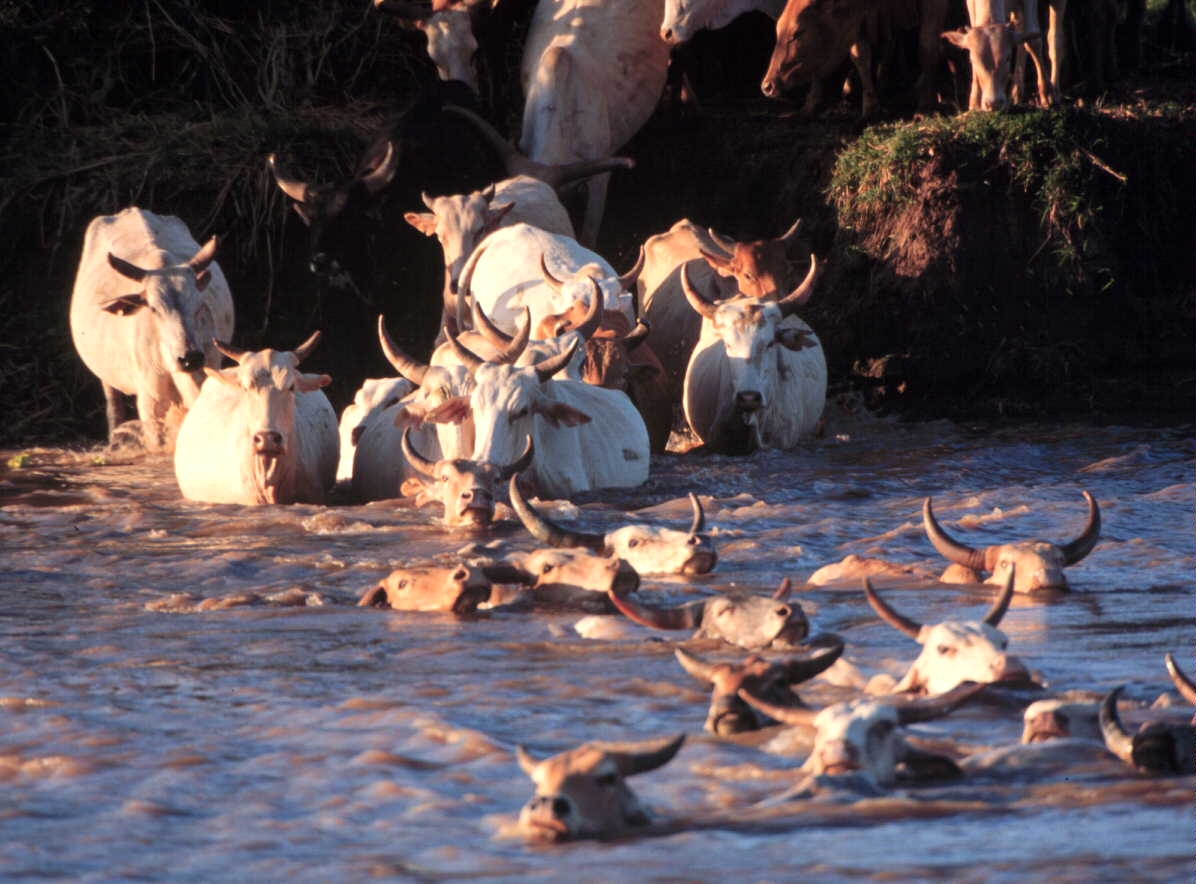In Kenya, Rift Valley fever (RVF) outbreaks pose significant challenges, being one of the most severe climate-sensitive zoonoses.
While machine learning techniques have shown superior performance in time series forecasting, their application in predicting disease outbreaks in Africa remains underexplored.
Leveraging data from the International Livestock Research Institute (ILRI), this study pioneered the use of machine learning techniques to forecast RVF outbreaks by analyzing climate data spanning from 1981 to 2010, including machine learning models.
Through a comprehensive analysis of machine learning model performance and the influence of environmental factors on RVF outbreaks, this study provides valuable insights into the intricate dynamics of disease transmission.
The XGB Classifier emerged as the top-performing model, exhibiting remarkable accuracy in identifying RVF outbreak cases, with an accuracy score of 99.7%.
Additionally, positive correlations were observed between various environmental variables, including rainfall, humidity, clay patterns and RVF cases, underscoring the critical role of climatic conditions in disease spread.
These findings have significant implications for public health strategies, particularly in RVF-endemic regions, where targeted surveillance and control measures are imperative.
However, this study also acknowledges the limitations in model accuracy, especially in scenarios involving concurrent infections with multiple diseases, highlighting the need for ongoing research and development to address these challenges.
Overall, this study contributes valuable insights to the field of disease prediction and management, paving the way for innovative solutions and improved public health outcomes in RVF-endemic areas and beyond.
Citation
Mulwa, D., Kazuzuru, B., Misinzo, G. and Bett, B. 2025. Machine learning approach to predicting Rift Valley fever disease outbreaks in Kenya. Zoonotic Diseases 5(3): 20.
Photo: Orma Boran cattle crossing a river in Kenya (ILRI /Rosemary Dolan)

